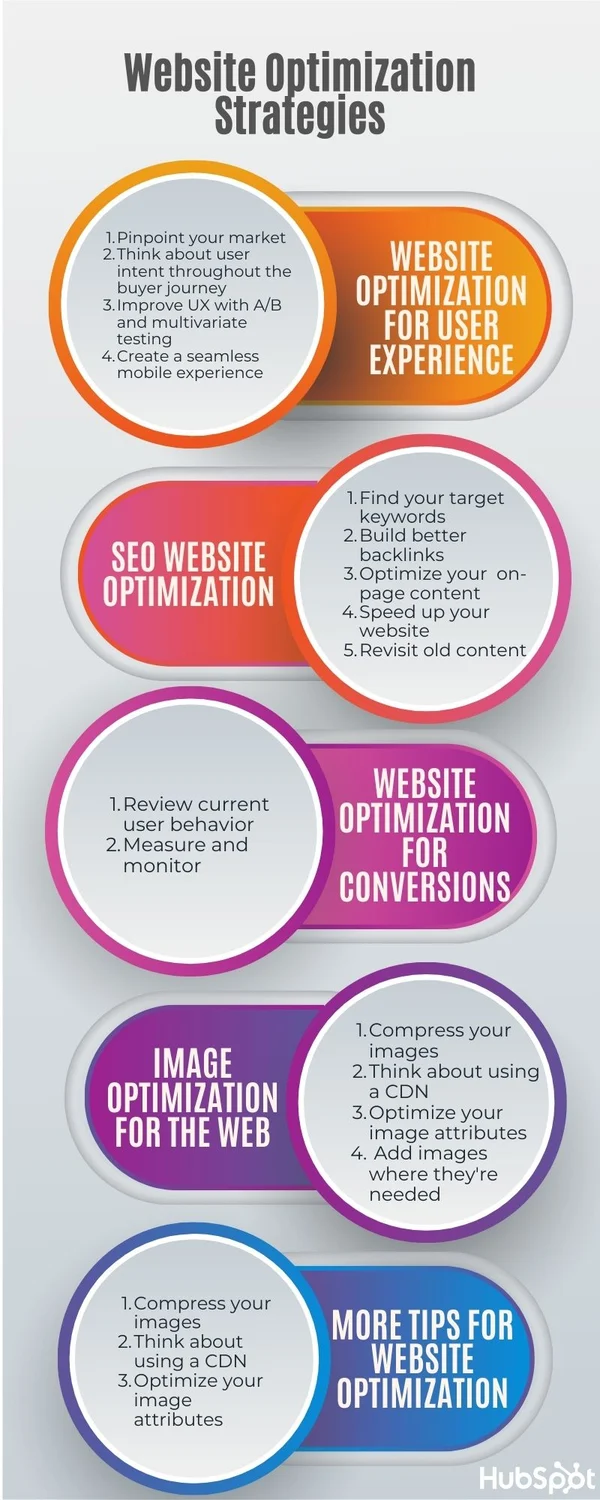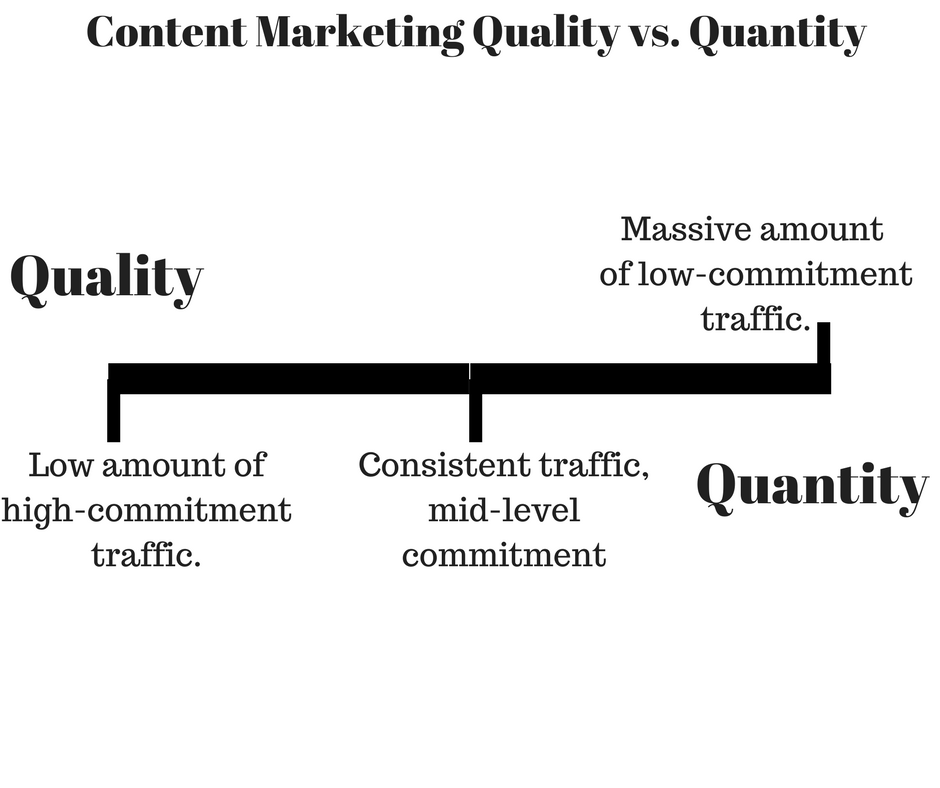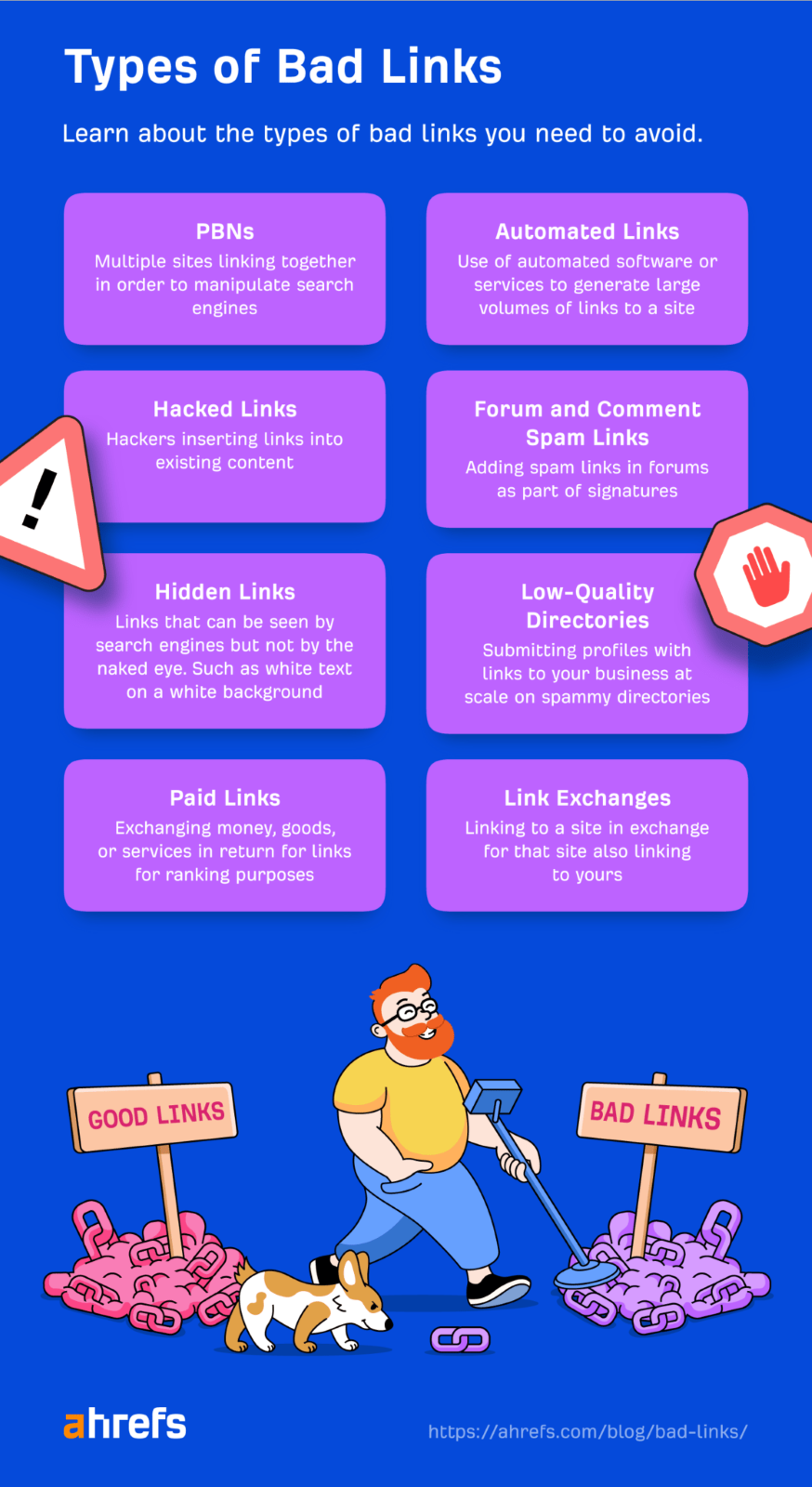In digital world, getting noticed is an art; these backlinks are your secret strokes. This post will help you uncover how backlinks hold the golden ticket to getting you discovered in an online world and bring your photography game up a notch!
However, this guide will not only be on link building but also the blueprint of how you can shine out amongst the ocean of an online gallery. Now, envision photos that are mesmerizing to the eye and fascinating to Google and the rest of the search engines.
Link building is a digital endorsement that holds the key to unlocking a world where your photography isn’t just seen; it’s celebrated. Join us on a journey through the lens as we demystify the art of acquiring backlinks—a powerful tool that propels photographers into the spotlight.
Let’s dive in.
Understanding Backlinks
In the vast digital landscape, grasping the concept of backlinks is like finding a secret ingredient that stitches the online world together, making your presence more noticeable and boosting your ranking on search engines.
Think of them as the online endorsements that vouch for your content’s credibility, relevance, and authority. These hyperlinks, directing users from one webpage to another, play a pivotal role in the intricate web of search engine algorithms.
As we delve deeper, we’ll explore the importance of backlinks and their quality, a key factor shaping their digital impact.
Importance Of Backlinks
Backlinks are digital endorsements, like recommendations from one webpage to another. They act as virtual connectors, linking one site to another and signaling to search engines that the linked content is valuable and credible.
Over a 13-month Semrush study, it was found that almost all (92.3%) of the 100 highest-ranking domains had at least one backlink. In the same research, more than half of the eligible sites without a single backlink failed to reach the first page.
Essentially, backlinks function as pathways in the vast web landscape, guiding users and search engine algorithms to discover and prioritize content. High-quality backlinks enhance a web page’s authority, trust, and visibility, improving search engine rankings in the competitive online landscape.
The Quality Quotient: High-Quality vs. Low-Quality Backlinks
Not all backlinks hold the same importance; quality is essential. High-quality backlinks are like recommendations from authentic and niche-relevant websites, improving a website’s authority.
However, having low-quality links from shady and irrelevant sites may hurt the website’s reputation. This is due to the nature of the endorsements, where high-quality backlinks play an important role in serving as credible endorsements to bolster a website’s position among other sites in the digital landscape.
Why Photographers Need Backlinks
Photographers, capturing stories frame by frame, must boost their online presence in today’s dynamic realm. Beyond the art of photography, gaining recognition involves strategic elements like backlinks.
Here are four reasons why photographers benefit from backlinks in the digital world:
1. Boosting Online Visibility
Envisioning the digital space is like a vast sea of images, and it is an art to stand out. Like real signs leading people down the road to their destination, backlinks guide website visitors to a photographer’s portfolio or webpage.
When popular and authoritative sources link to a photographer’s work, it makes their online presence shine. These backlinks create paths to the photographer’s captivating portfolio as people begin to check out related material.
This additional visibility serves as a secret ingredient that photographers want to have more people discover their work and interact with a bigger online audience.
Boosting your website’s visibility heavily relies on link building, a key factor in SEO. An impressive 55.7% of respondents affirm its effectiveness, highlighting the profound results it yields in the SEO domain.
In a survey conducted by Serpstat involving 523 professionals, participants were asked to rate the impact of backlinks on search engine rankings on a 10-point scale. The picture below depicts the outcome of the survey:
2. Establishing Credibility in the Photography Niche
Photographers should not only aim to capture pictures but also look forward to developing a unique style and building confidence in their domain of specialty. Links from well-known photography platforms, prominent photographers, or good publications can be taken as an approval sign of any photographer’s talent and skill.
Testimonials about a product, when coming from people, strengthen trust and credibility among interested partners or buyers. The photographs acquire backlinks perceived in the competitive environment as indicators of the quality of the photographer.
3. Enhancing Search Engine Rankings
In the digital age, most people who are looking for photographers will do a search engine inquiry when they want to find someone to shoot an event or project. One important factor in how search engines determine and rank the importance of websites is backlinks.
Backlinks help represent websites ‘authority and relevance in search engines. If the backlinking approach were robust, then a photographer’s website would show up higher in search engine results.
Thanks to this position, they can discover their work very easily when clients seek out photography services, which offers an advantage over rivals.
4. Driving Organic Traffic and Potential Clients
Every photographer wants to turn viewers into potential customers. This comes through backlinks that guide organic traffic to the photographer’s site. Ahref says that website visitors gained from Google are in direct proportion to the increase in backlinks of a page.
If users navigate from a reputable external source to the photographer’s online platform, it is more likely that they have a genuine interest in the work itself. The targeted organic traffic can translate visitors into buyers, leading to possible partnerships, project engagements, or deals.
Strategies to Get Quality Backlinks as a Photographer
The realm of photography is quite competitive, and storytelling through imagery has become indispensable. One of the best ways of creating a strong online presence is through acquiring good backlinks.
This section will examine the seven approaches through which photographers can generate quality and search engine-rewarded links.
1. Crafting Compelling and Shareable Content
The quality of your backlinks depends on creating interesting content that others want to share. Strong content such as compelling photo series, thought-provoking blog posts, or enticing infographics like photo series that are very engaging to readers can be a magnet for backlinks.
According to HubSpot, frequently writing blogs makes businesses generate 97% more backlinks. Create an appealing, professional portfolio that exhibits your excellent works while narrating an engaging story.
Share these photos on social media platforms, photo forums, and related online communities to increase the viewership of your work.
The picture above discusses the steps involved in the content creation process.
- SEO Research: SEO research, commonly known as keyword research, provides information about the search volume of a particular keyword phrase and informs if it’s worth investing in it.
- Ideation: With the relevant keywords already identified, it is the perfect time to generate content ideas.
- Writing/Creating: While your niche may lie in video creation, graphic design, or podcast production, writing serves as the base for creating all kinds of content.
- Editing: After settling on the content, the entire piece should be proofread to make appropriate adjustments.
- Uploading: With your content in place, now comes the part of putting it somewhere people can view it. CMS, or Content Management System, refers to software hosting digital data that enables you to put it on your website or elsewhere on the web.
- Publishing: Once you have uploaded your content, you can either make it accessible to your audience right away or wait for the optimum time, which would give your content maximum reach.
- Promoting: Lastly, you can now promote your created content. This can be achieved through email marketing, social media, and pay-per-click ads.
When writing compelling, shareworthy content, your sites’ ability to be referred by websites in your niche improves. Long-form content drives a staggering 77.2% of backlinks more than that of short-form content.
2. Leveraging Social Media Platforms
Photographers can use social media platforms to display their photos for other creators to view and connect with prospective partners. Be active on sites such as Instagram, Twitter, and Pinterest by posting your portfolio and interacting with your audiences.
The more people talk about your work, the easier it is to obtain organic backlinks without much effort. Connect with other photographers, join photography challenges, and use corresponding hashtags to broaden your sphere of influence.
Time takes center stage in the world of valuable commodities. The fact that an average person spends about 145 minutes on social media in a single day is shocking. This means that if one continued with such use for their normal life expectancy of 73 years, they would have been involved in social media for about 5.7 years. These numbers underpin the enormous impact and untapped potential of a good social media marketing campaign on the part of the marketers.
3. Building Relationships with Fellow Photographers and Influencers
While networking among fellow photographers can provide tremendous insight and learning, those backlinks are certainly important as well. Create meaningful connections with other photographers, influencers, and key players in your industry.
Work together on projects, give and receive feedback, and support each other’s work. As you develop a network within your chosen niche, chances of gaining mutual backlinks emerge.
Looking back at a particular example reveals why it is important to focus on building a genuine relationship with influencers. In 2013, Nike lost their partnership with Stephen Curry, now a Hall of Fame player, because of failed relationship cultivation efforts.
Afterward, Under Armour teamed up with Curry to form one of the most rewarding partnerships that have generated a lot of money. This commitment does not end on a working level; instead, Curry plans to maintain this relationship with the business after retiring.
The case illustrates the lasting effect on an organization and possible lost opportunities that result from giving low priority to influencer relationships.
4. Guest Blogging on Photography Platforms
Guest blogging is a clever way of advertising one’s expert knowledge and also attracting good backlinks. According to Referral Rock, about two-thirds of bloggers offer five articles per month at most.
Search for some of the best photography blogs, magazines, or websites that accept guest writing submissions. Write good articles or tell behind-the-scenes stories of the journey.
You can also provide a link to your portfolio at the bottom of any articles. Guest posts enable you to become an industry expert and get quality external references to your site.
5. Submitting to Photography Directories
Photography directories act as lists of competent photographers in certain genres/regions. Moreover, submitting your portfolio to these directories increases your visibility among specific groups of customers and attracts high-quality links.
Ensure that you choose credible directories that correspond with your photography genre and potential customers. Therefore, a diverse backlink portfolio involving local directories, industry-specific platforms, and curated lists by photo lovers can boost the position of your site on search engines.
6. Participating in Photography Awards and Exhibitions
Participating in photography award shows and exhibits helps make your portfolio look good while simultaneously helping you obtain some high-quality backlinks. Take part in suitable competitions, enter your best work, and use the attention to get backlinks from sources with authority in photography.
7. Optimizing Your Website for SEO
Attracting quality backlinks requires external and internal optimization. To make your photography website search engine friendly, follow sound SEO practices.
Sites that are well-optimized have higher chances of being noticed by search engines and getting ranked.
Optimization of the website is not a “one size fits all” exercise, but there are common methods addressing specific areas. Check them out in the above photo.
Avoiding Common Backlink Pitfalls
For photographers, the often treacherous landscape of backlinks has its share of mishaps. Here are five points to consider:
1. Prioritizing Quantity Over Quality of Backlinks
It may be difficult to resist the urge for more backlinks, but quality should remain prior. It is better to have a few high-quality, relevant backlinks from reputable sources than many poor-quality links.
Instead of seeking a lot of random backlinks, focus on building relationships and getting endorsements from renowned photography platforms or influencers.
As per the above image, getting high-quality backlinks will provide related traffic in a small quantity. Nevertheless, generating a lot of backlinks is bound to lead to huge amounts of traffic, which will not have a direct significance on your site pages. Interestingly, this can also adversely affect your search engine optimization (SEO) scores.
2. Using Link Farms and Spammy Practices
Steer clear of link farms and spammy practices that promise quick and easy backlinks. These tactics may provide immediate results, but they often lead to penalties from search engines.
Google gives importance to organic and natural link-building processes. Engage in ethical strategies, and avoid shortcuts that could jeopardize the credibility of your photography website.
The above illustration mentions some examples of bad link types everyone should avoid.
3. Over-optimizing Anchor Text
Mix up your anchor text to avoid over-optimization. Search engines might penalize a business that uses the same anchor text for the same link on numerous occasions.
Instead, use descriptive and natural-sounding anchor texts. In addition, this improves user experience while signaling search engines that your backlinks are authentic and not created for SEO purposes.
4. Publishing on a Non-relevant Niche Website
Make sure the backlinks come from sources relevant to the photography niche. If your backlinks come from unrelated or irrelevant sites, they may not add value to your SEO campaigns.
Engage with photo directories and professional platforms in the field or with other photographers. The more it relates to your niche, the greater it adds value and relevancy.
5. Not Monitoring Your Backlink Profile Consistently
Always check on your backlinks for development and quality. These links can be assessed using tools such as Google Search Console and authentic, third-party SEO platforms.
Identify and remove any bad, spammy backlinks for a clear and authentic backlink profile. Monitoring link-building strategies based on good practices helps develop your web credibility.
Conclusion
Backlinks open new opportunities for photographers in terms of visibility and credibility. They can create great link-building content, engage with other photographers, and leverage various social media platforms for enhanced web presence.
The three critical strategies for building longevity of success are avoiding problems, seeing what is going on, and remaining relevant in the photography world. As such, the process is a journey towards building an effective and robust online presence.
Such backlinks are like bridges that connect their creativity to a broader audience, creating an influencing story within the realm of digital photography worldwide.
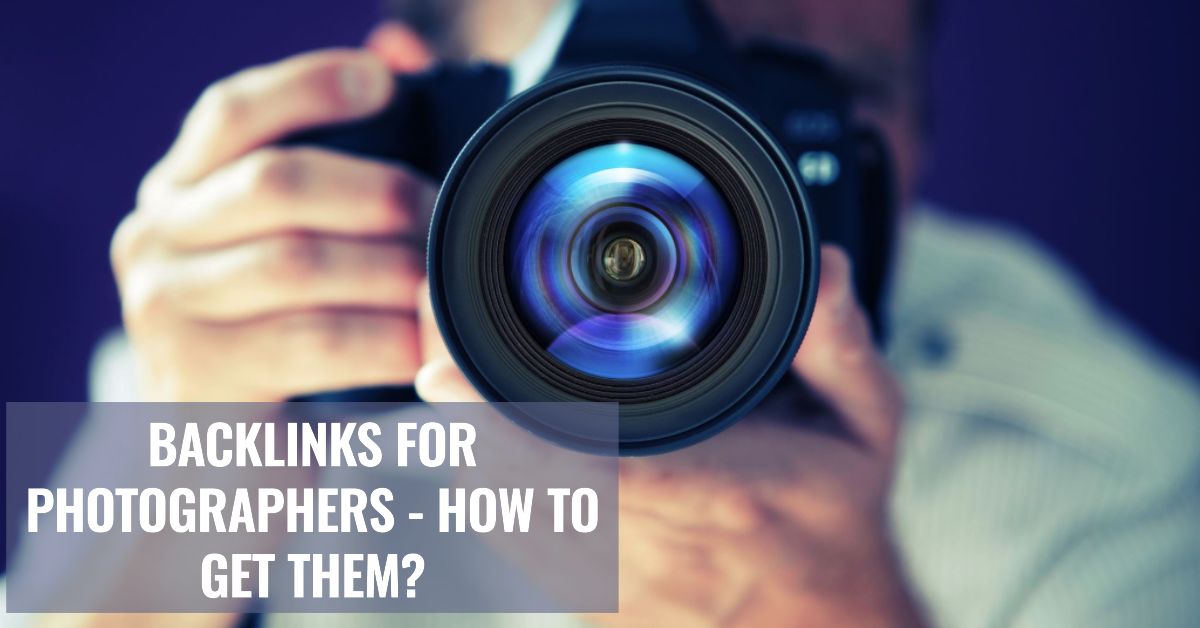


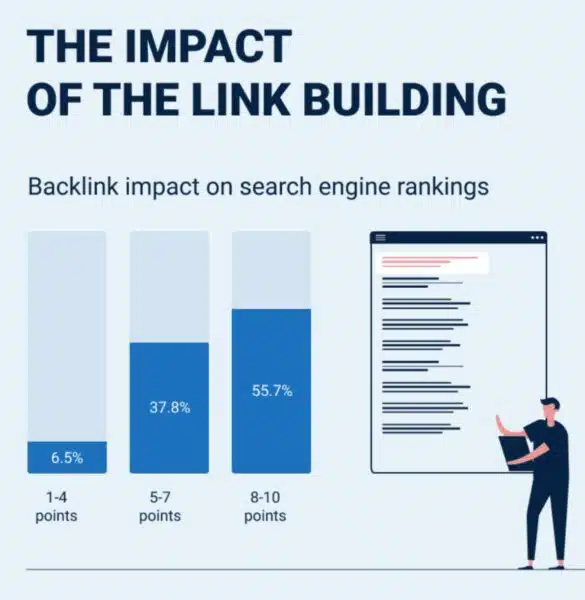

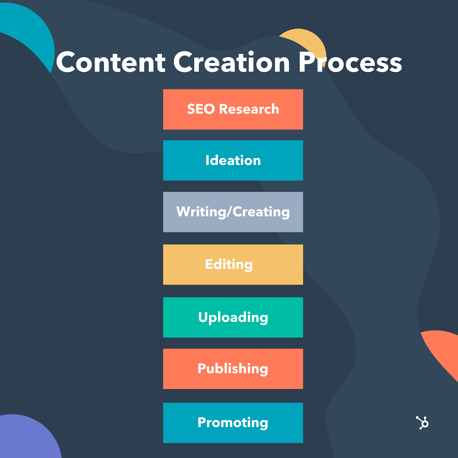 Source
Source
